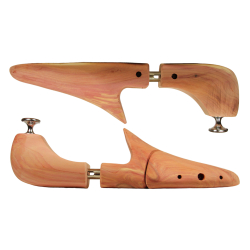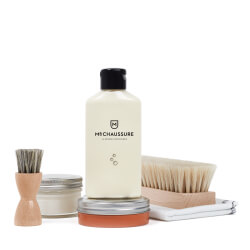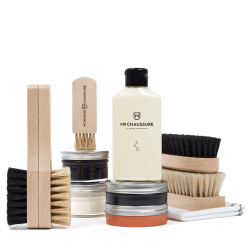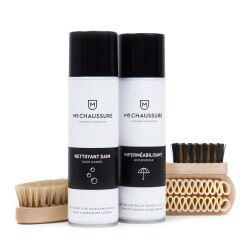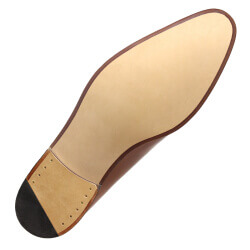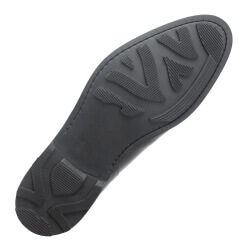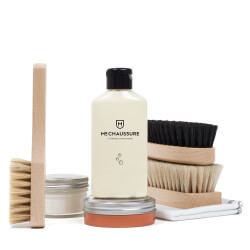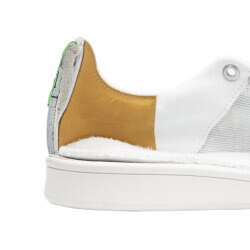Survey: the ecological impact of shoe care
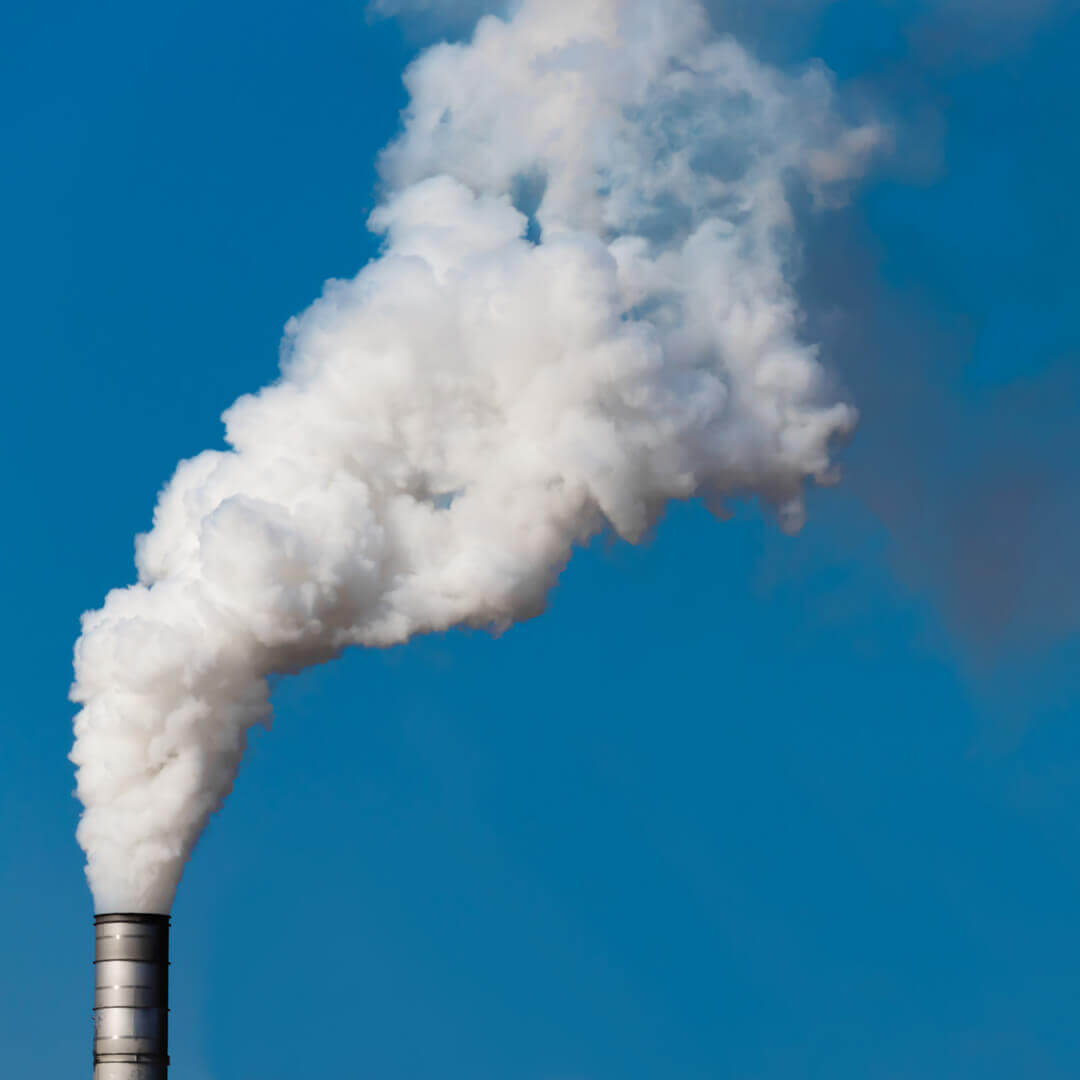
Some figures on the footwear market in France
The media "le dauphiné" has conducted a survey for us and reveals some surprising figures. The French own about 6 pairs of trainers. About 400 million pairs of shoes are bought in France and the average price is 100 euros.
This represents a buoyant market for shoe manufacturers who regularly release new models according to usage, season, etc. This production leads to a regular change of the trainers in our wardrobe.
Let's take stock of the ecological impact of sneakers and the options for reducing it.
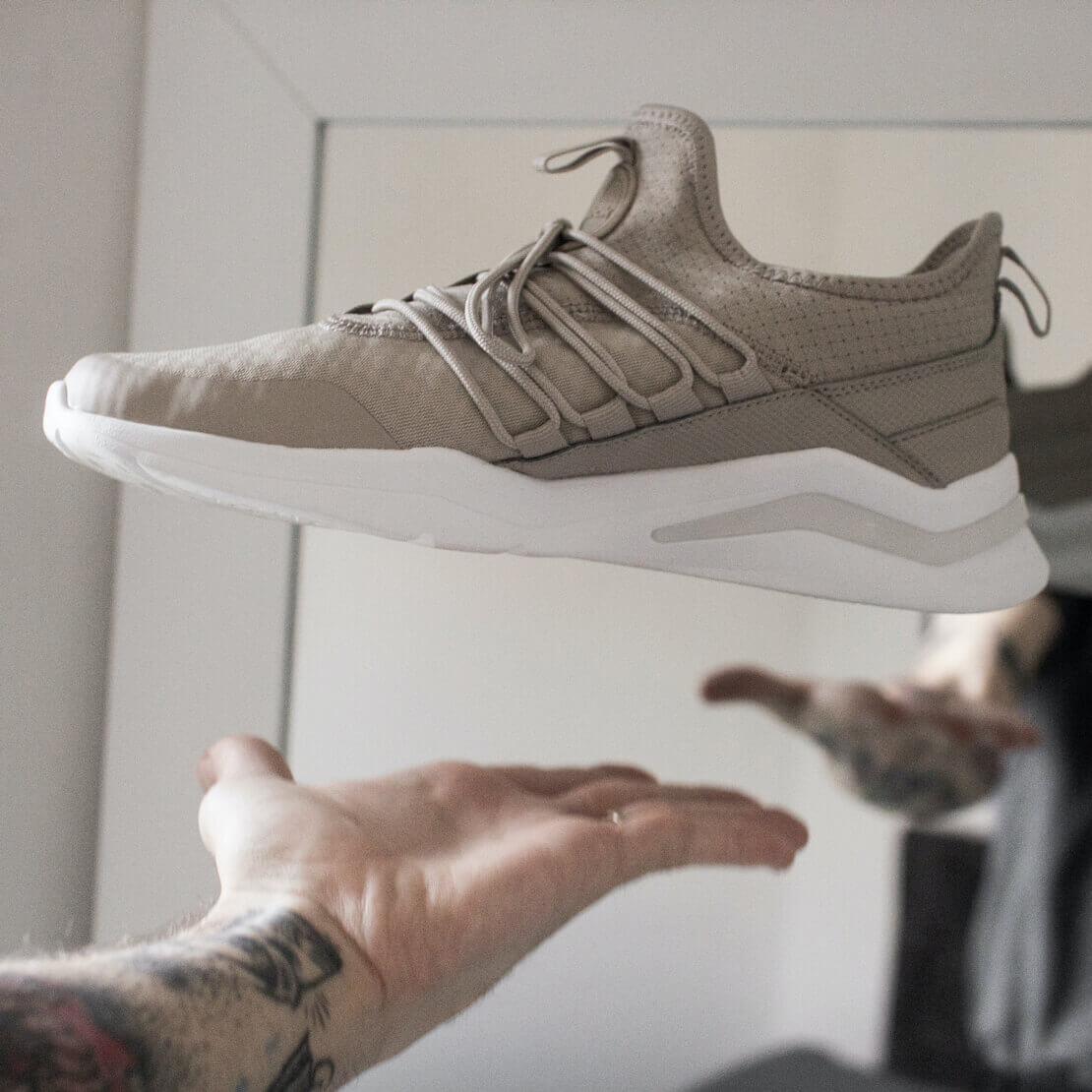
The challenge of recycling sneakers
We will not discuss the production of sneakers here. According to the Massachusetts Institute of Technology (MIT), the carbon footprint of a pair of trainers is about 14 kg of CO2.
We prefer to look at your use and consumption. What happens when you part with a pair of sneakers? Nothing happens! Well, that's not entirely true... We'll explain!
Recycling our shoes is a real technical challenge. As you know, your shoes and trainers are made of several materials. About a dozen for trainers. Each material requires a specific recycling process. So it takes at least twelve different protocols in several different factories to recycle your trainer. A real headache!
Is it possible to recycle trainers in France?
State of play of shoe recycling in France
9 pairs of trainers are thrown away per minute in France according to the media Le Dauphiné. This means that 90% of used shoes end up being incinerated or buried with other waste. Burying this type of waste could eventually contaminate the soil due to the materials used.
Why can't we recycle them? Because the existing recycling system is not necessarily suitable for dealing with shoes. As explained above, the recycling of the materials used is complex and above all expensive. These two factors limit the possibilities of recycling shoes.
What solutions exist?
However, there are solutions other than recycling. If your shoes are still in good condition, you can drop them off at a relay point. Associations collect the contents and make them available to other associations or resell them to second-hand sites. In this way, you participate in the circular economy.
You will tell us that we are straying a little from the subject and you are quite right. Let's go back to the recycling solutions, today there are few of them. However, some brands are setting up initiatives to move the lines.
There are several in development and today we present the one from Courir shops. The sneaker retailer wants to collect as many trainers as possible in its network of shops. Through the collection, they want to create a trainer recycling industry to create a sustainable alternative.
What is the ecological impact of shoe and trainer care?
8 months before the first holes appear in your sneakers! It's a frightening statistic... But there are simple things you can do to slow down the premature ageing of your trainers.
Little known and even less practised, certain gestures can double the life of trainers. Put on your trainers with a shoehorn for example. This may seem a bit old-fashioned, but it is very practical and recommended by our shoemaker!
This harmless gesture helps to protect the slides from rubbing.
If it is already too late and your slides are worn, you can replace them! This shoe repair service gives your trainers a second life.

Maintenance to double the life of your trainers.
Properly maintained shoes will last longer! Adopting a simple and effective routine is part of a greener approach (and saves money!).
By taking better care of our shoes and trainers, we replace them less often. Wise consumption reduces the production of new pairs and the exploitation of raw materials. More globally, it reduces the environmental impact of the clothing sector.
You should not use detergents that are aggressive to the planet and contain chemicals that are harmful to your health and to the planet. The Monsieur Chaussure ranges are formulated with natural active ingredients. This is a commitment made since the creation of the brand to respect leather, skin and the environment. Some containers are made of glass to encourage recycling or upcycling.

